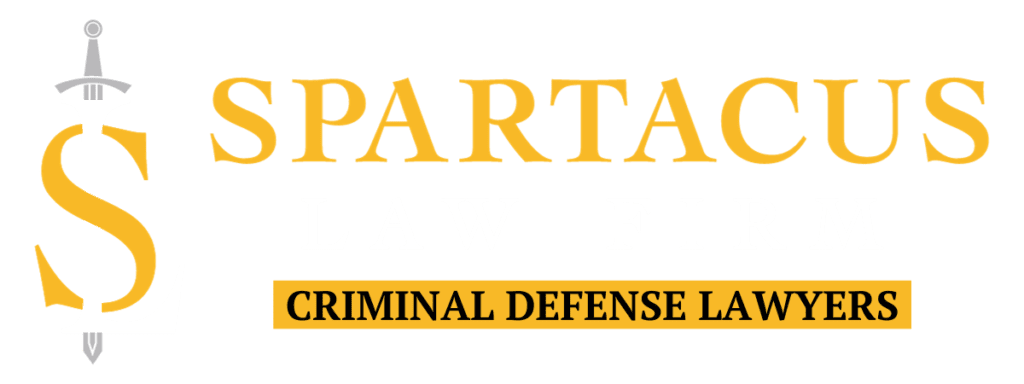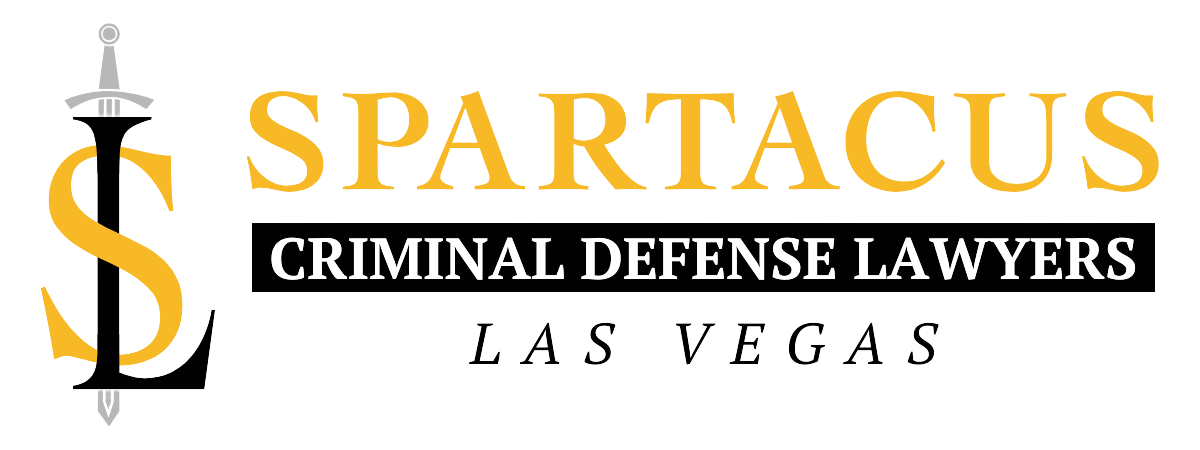Las Vegas Drug Paraphernalia Possession Attorney
Other Practice Areas
Contact Us
Possession Of Drug Paraphernalia Charges In Las Vegas, NV
Drug paraphernalia is any equipment, product, material, or object of any kind that is used to introduce an illegal controlled substance into a person’s body. According to NRS 453.554, this is done by planting, cultivating, growing, propagating, harvesting, manufacturing, compounding, preparing, testing, converting, analyzing, packaging, producing, repackaging, storing, containing, injecting, ingesting, concealing, or inhaling the substance.
Possession of drug paraphernalia, such as blunt wraps or grinder parts, is a misdemeanor in Nevada. Conviction of this drug crime may result in significant penalties, including fines and/or imprisonment. As a result, it’s critical to hire an experienced Las Vegas drug paraphernalia possession defense attorney to identify any mitigating circumstances that may apply to your case to assist you avoid the most severe penalties for your alleged crime. Contact the Spartacus Law Firm today for a consultation and to learn more about how we can help.
Table of Contents
ToggleWhat Is Considered Drug Paraphernalia In Nevada?
Drug paraphernalia is a broad term used to refer to any type of:
- Accessory, equipment, or product
- That helps a person make, hide, take, or transport illegal drugs
A bong is an example of this. Tiny plastic bags or “baggies” are also a frequent example of a product frequently linked with narcotics and drug use. The difficulty with drug paraphernalia charges in Nevada is that not all of it is prohibited. In general, drug paraphernalia becomes unlawful only after it is used for any unlawful purpose. Many convenience stores, for example, sell rolling papers. These were designed to make rolling one’s own cigarettes easier in the past. Nowadays, they are mostly used to wrap marijuana joints.
It’s worth noting that if someone is discovered to be in possession of drug paraphernalia in Nevada, it does not necessarily indicate that they are breaking any laws. They may escape legal difficulties if they are not using the paraphernalia illegally. However, certain specific types of drug paraphernalia are considered illegal because of their true components. An example of this would be how possession of heroin needles immediately violates the law, regardless of whether any traces of the drug can be found in the needle. Since cannabis legalization in Nevada in 2017, it is no longer illegal to possess cannabis paraphernalia, such as bongs. Some other examples of paraphernalia that are still illegal in the state of Nevada include:
- Cocaine spoons
- Water pipes
- Substances that are used to cut cocaine
- Drug testing kits
- Kits that are used to grow cannabis
- Cocaine vials
- Scales used to weigh controlled substances
Drug Paraphernalia Penalties in Nevada
A conviction for possession or sale of drug paraphernalia in Nevada is not as severe as drug possession with the intent to sell charges, but it can result in harsh criminal penalties. Because marijuana use is now accepted in Las Vegas, and marijuana charges have lightened, cannabis accessories such as bongs, roach clips, and marijuana-related pipes are now permissible.
Possessing or using drug equipment is a misdemeanor charge that may result in six months of jail time and a maximum $1,000 fine. In contrast, manufacturing, selling, or possessing with the purpose to sell any drug equipment is a felony crime. The court has broad discretion when evaluating whether an item is used as drug paraphernalia; it may look at the following elements:
- Prior convictions related to possession of alleged drugs or drug paraphernalia
- The proximity of the alleged device to drugs
- Statements from the defendant and witnesses
- Expert testimony
- Other types of evidence
Actual Possession vs. Constructive Possession
Actual Possession
Constructive Possession
The prosecution must show that the defendant had control over something, regardless of whether he or she exercised it. Constructive possession implies having three things in mind:
- The alleged offender was aware the paraphernalia was in their presence and it was used in association with an illegal drug offense;
- The alleged offender had the intent to take actual possession of the paraphernalia; and
- The alleged offender was physically able to take control of the paraphernalia

Frequently Asked Questions
What Are The Defenses Of Drug Paraphernalia Possession Charges?
Depending on the drug paraphernalia case, potential defense strategies to fight Nevada criminal charges include the following:
- Lack of intent – Possession of drug paraphernalia, including pipes, is only a crime if the defendant intended to use it. Unless the D.A. can show beyond a reasonable doubt that the defendant intended to use the paraphernalia to ingest, produce, store, or otherwise utilize drugs, the case should be dismissed.
- No paraphernalia – The authorities may have confused typical hardware or cookware with drug paraphernalia. The case should be dismissed as long as there is reasonable doubt about whether the equipment in question was being used as drug paraphernalia.
- Police misconduct – A search cannot take place unless there is a valid warrant or a lawful cause to conduct a warrantless search. If the police discovered the alleged drug paraphernalia as a result of an illegal search, the defense attorney may ask the court to suppress (disregard) it. If the judge agrees, the prosecution will most likely be forced to drop the case because of a lack of evidence.
Can A Drug Paraphernalia Possession Charge Be Sealed?
Drug paraphernalia possession charges in Nevada can be sealed from your record, but there is a waiting period depending on the circumstances of your charges.
- Use or possession – 1 year after the case closes
- Advertising – 1 year after the case closes
- Delivery, sale, or manufacture – 2 years after the case closes
- Delivery to a minor – 5 years after the case closes


